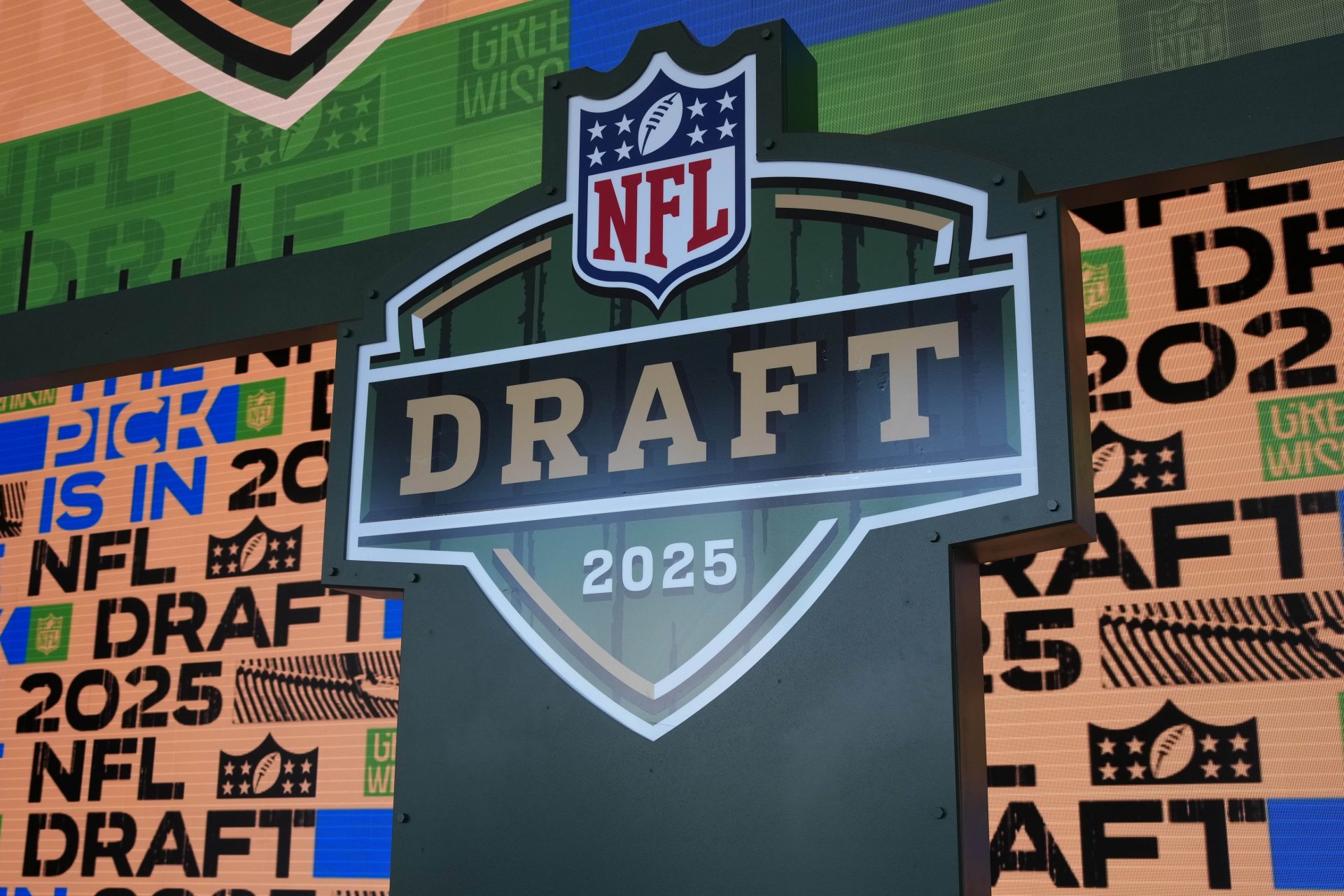Each NFL offseason, general managers prepare for the yearly feeding frenzy that is the draft. However, not all selections are equal. Most know the standard seven-round selection format. Meanwhile, compensatory picks are the sneaky bonus picks that can make or break a draft haul.
They’re the NFL equivalent of “thanks for your loss,” rewarding teams that lose more free agents than they acquire. But what does it all boil down to? And why is the system so secretive?

What Are Compensatory Picks in the NFL?
Let’s dissect all you need to know about compensatory picks—from the way they’re accrued to why they’re important.
A compensatory pick is an extra draft choice given to NFL clubs that lose more or higher-paid unrestricted free agents (UFAs) than they acquire in the prior offseason. The picks fall between the third and seventh rounds of the NFL Draft and can make a substantial difference in a team’s rebuilding or reloading processes.
Here’s the twist: the NFL has a secret formula for computing these picks, and it’s not publicly known. Although the league won’t come out and announce the exact numbers, analysts have back-engineered the formula based on decades of trends. The formula takes into account things such as
- Free agent signed or lost salary
- Playing time (in snaps played)
- Postseason awards, such as Pro Bowl or All-Pro nods
Depending on these factors, teams can get up to four compensatory picks annually. And with that, the value of the picks can be highly variable based on who they lost and what those players signed for elsewhere.
The Rules of the Comp Pick Game
To set the record straight, not all free agent losses lead to a compensatory pick. The NFL only credits unrestricted free agents whose contracts expired normally. That leaves out players who were waived or released. So it’s pretty clear that losing someone you let go won’t score you any brownie points.
Another key part of the equation is the net loss/gain formula. If your team signs more UFAs than it loses, it’s unlikely you’ll receive any compensatory picks at all. Teams like the Baltimore Ravens, New England Patriots, and Los Angeles Rams have historically played this game well.
They are letting key veterans walk, staying frugal in free agency, and reaping the rewards in the draft.
In 2024, for instance, the Kansas City Chiefs and San Francisco 49ers were among the franchises to get more than one comp pick after losing prominent players in 2023.
When and Where Comp Picks Occur?
Compensatory picks are given after rounds three through seven, which is why the number of picks in the NFL Draft will usually be higher than 256 (the regular seven rounds x 32 teams = 224 picks, plus as many as 32 compensatory picks).
Here’s how it’s divided:
- Third-round comp picks are awarded to teams who lost high-quality players—generally big-dollar contracts or Pro Bowlers.
- Picks continue down through the seventh round, awarded in descending value tiers based on the formula.
The league typically announces the full compensatory pick list in late February or early March, about a month before the draft.
Compensatory Picks Can Be Traded, Too
Before 2017, compensatory picks were a prize you had to utilize yourself—no trades. But the regulations shifted in 2017, and now teams are able to trade compensatory picks like regular picks.
This has created a new dimension of draft strategy, with front offices being able to package these bonus picks to trade up, add players, or build future assets.
A prime example? The Los Angeles Rams used a compensatory pick in 2022 to facilitate a trade for running back Sony Michel. These picks carry actual value, not merely as draft ammunition, but in trade talks as well.
Draft Strategy and The “Comp Pick” Masters
A few squads have made the comp pick formula an art form. The Baltimore Ravens are the poster child, regularly acquiring extra third- and fourth-round picks by allowing costly veterans, especially to leave as free agents and replace them with homegrown players or bargain-bin free agents.
This “draft-and-develop” scheme is augmented by compensatory picks. It has allowed them to remain relevant without spending heavily in free agency.
Others, such as the New England Patriots and Green Bay Packers, have similarly employed this tactic to remain in cash with picks year in and year out.
The secret? Having the fortitude not to sign so many high-salary players and having faith in your draft board.
Compensatory selections don’t receive the attention-grabbing headlines, but they’re a foundation of NFL roster construction. The additional picks enable astute front offices to convert free agent losses into franchise cornerstones and also build a long-term competitive advantage in a parity-based league.
KEEP READING: How Rookie Contracts Work in the NFL
They’re also a reward for thinking ahead—managing the salary cap, allowing veterans to cash in elsewhere, and investing in the future via the draft. Although the formula is still a mystery, its effect is as clear as day: compensatory picks can be the difference between good teams and great ones.
So the next time you spot a team being quietly active in free agency or pulling the long con with veteran departures, watch the comp picks. That additional fourth-rounder could become the next All-Pro lineman, Pro Bowl safety, or game-swinging wide receiver.
College Sports Network has you covered with the latest news, analysis, insights, and trending stories in college football, men’s college basketball, women’s college basketball, and college baseball!

